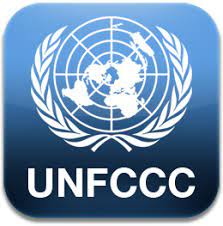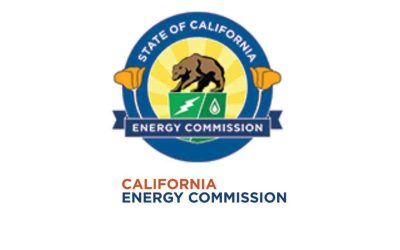
COP refers to the United Nations’ annual conference on climate change. Picture Credit : McKinsey & Company. (n.d.). What is COP. McKinsey & Company. https://www.mckinsey.com/featured-insights/mckinsey-explain
Understanding COP and Its Formation in the Context of Climate Action
The global community is currently grappling with an unprecedented challenge – climate change. As our planet experiences rising temperatures, extreme weather events, and environmental degradation, the need for international cooperation has become paramount. At the forefront of this collaborative effort is the United Nations Framework Convention on Climate Change (UNFCCC), a pivotal treaty guiding the world toward a sustainable and climate-resilient future. Let’s delve into the journey of the UNFCCC, shedding light on its key principles, formation, and the transformative meetings that have shaped our response to the climate crisis.
Understanding the UNFCCC:
Founded in 1992, the UNFCCC is a landmark international treaty that emerged from the Earth Summit in Rio de Janeiro. Its primary objective is to address the intricate and far-reaching issues associated with climate change. At its core, the convention recognizes that climate change is a global problem that necessitates a coordinated global response.
Key Principles:
- Common But Differentiated Responsibilities (CBDR): The UNFCCC acknowledges that all nations share a collective responsibility to combat climate change. However, it recognizes the historical contributions and capacities of nations differ. Developed nations are expected to take the lead in reducing emissions and providing financial support to developing nations for adaptation and mitigation efforts.
- Precautionary Principle: In the face of scientific uncertainty, the UNFCCC promotes a precautionary approach, emphasizing the need to take action to prevent or minimize potential harm to the environment, even when scientific evidence may not be conclusive.
- Right to Sustainable Development: The convention recognizes the right of all countries to pursue sustainable development, striking a balance between economic growth and social and environmental considerations.
Key Meetings and Milestones:
- COP1 (1995): The first Conference of the Parties took place in Berlin, setting the stage for ongoing negotiations and collaboration. Countries began discussing strategies for reducing greenhouse gas emissions and adapting to the impacts of climate change.
- Kyoto Protocol (COP3, 1997): An extension of the UNFCCC, the Kyoto Protocol set binding emission reduction targets for developed countries. While marking a significant step forward, its limitations revealed the need for a more inclusive and comprehensive agreement.
- COP15 (2009): Held in Copenhagen, this conference aimed to produce a new international climate agreement to succeed the Kyoto Protocol. The conference ended with a non-binding agreement known as the Copenhagen Accord.
- COP21 (2015): A historic moment in climate diplomacy, the Paris Agreement aimed to limit global warming to well below 2 degrees Celsius above pre-industrial levels. It introduced a bottom-up approach, with each country determining its nationally determined contributions (NDCs) to achieve collective climate goals.
Formation of COP and Milestone Meetings:
The Conference of the Parties (COP) is an integral part of the UNFCCC process, serving as a platform for nations to come together and make critical decisions on climate action. The table below highlights the locations and sessions of these crucial COP meetings:
| COP | Location | Session |
|---|---|---|
| COP 1 | Berlin, Germany | March 1995 |
| COP 2 | Geneva, Switzerland | July 1996 |
| COP 3 | Kyoto, Japan | December 1997 |
| … | … | … |
| COP 27 | Sharm el-Sheikh, Egypt | November 2022 |
| COP 28 | Dubai, United Arab Emirates | December 2023 |
These meetings have served as crucial milestones, shaping international climate policies and fostering collaboration among nations. As we anticipate COP28 in Dubai, the legacy of these gatherings underscores the ongoing commitment to addressing climate change on a global scale.
Challenges and Criticisms:
Despite its achievements, the UNFCCC faces challenges. The voluntary nature of commitments, discrepancies in financial contributions, and the urgency of climate action are areas of ongoing concern. Bridging the gap between ambition and implementation remains a persistent challenge for the global community.
Looking Ahead:
As we approach COP28 in 2023, the international community stands at a critical juncture. The UNFCCC remains central to fostering collaboration, setting ambitious targets, and ensuring accountability in the fight against climate change. The urgency of the climate crisis demands bold and swift action from nations worldwide.
The UNFCCC is not just an international treaty; it is a testament to the collective will of nations to confront a shared threat. As we navigate the complexities of climate change, the UNFCCC provides a framework for cooperation, a platform for dialogue, and a beacon of hope for a sustainable and resilient future. In the coming years, continued commitment, innovation, and collaboration will be key as we work together to address the defining challenge of our time. These meetings, each a chapter in the story of global climate action, have brought us to where we are today, poised for transformative change.







